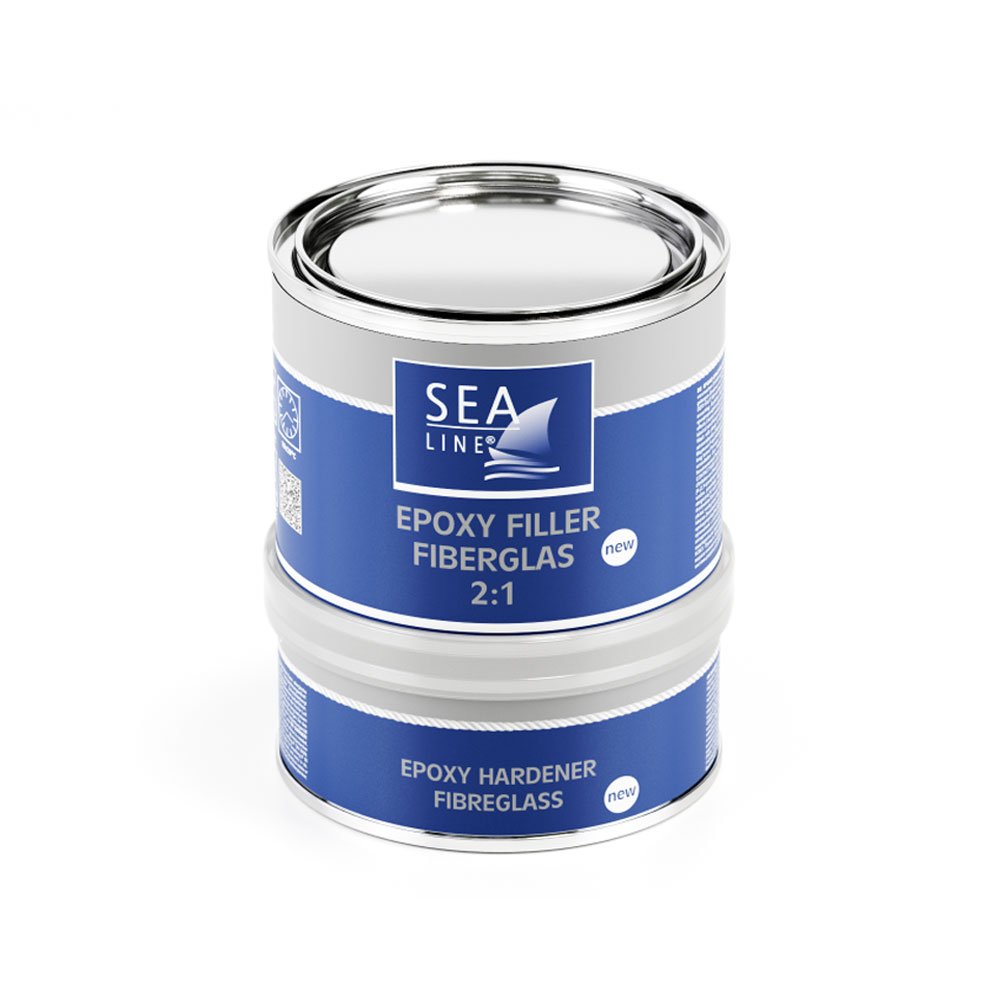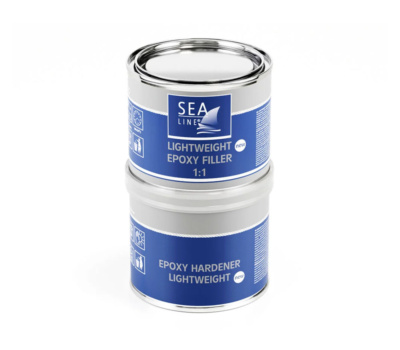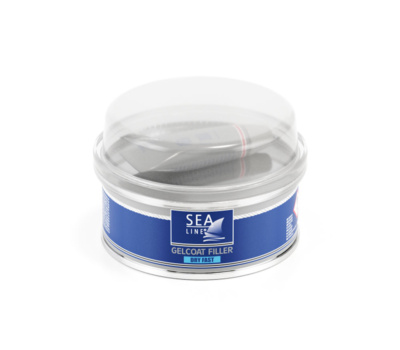Epoxy fillers, including fiberglass filler, are primarily the only fillers truly recommended for use both above and below the waterline.
They can certainly be applied to hull components constantly immersed in water as well. In short, they can be used on fiberglass, wood, steel, and aluminum.
| Weight | Code | |
|---|---|---|
| set (A+B) | 750 g | 12204 |
| component A | 5 kg | 12290 |
| component B (hardener) | 2,5 kg | 12291 |

| Type | GRP laminates, wood, steel, aluminum |
| Place | Above and below waterline |
| Function | Deep damages, gluing |
| Application | Putty knife |
| Color | light grey |

Epoxy fillers are primarily the only fillers recommended for use on hull components constantly immersed

Recommended for large areas due to low own weight

Gelcoat Filler is very fast hard and easy in use.
There is a possibility of thinning antifouling, but we do not recommend this procedure due to the risk of reducing the effectiveness of the paint. If it is necessary to thin the antifouling paint, it is recommended to dilute it to a maximum of 0-5% (by volume).